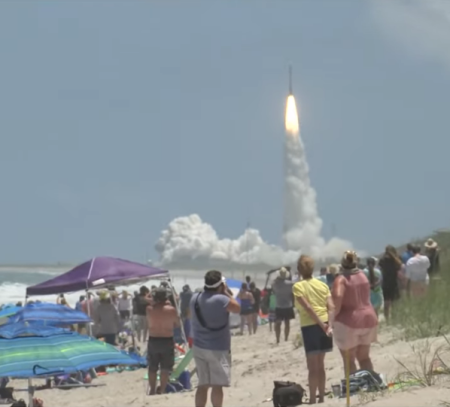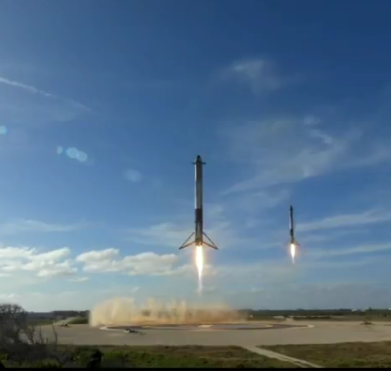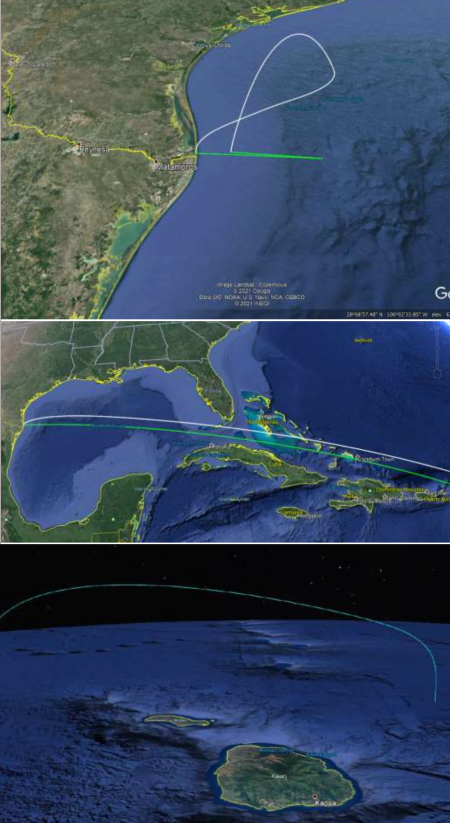Canada to build a Moon rover for NASA
Canada has signed an agreement with NASA to build an unmanned lunar rover to launch in 2026.
Like NASA,the Canadian government isn’t going to build the rover but will select private companies to design and build for it.
To get the ball rolling on the project, which will explore a lunar polar region, the CSA will soon select two Canadian companies to develop concepts for the rover and its instruments, agency officials added.
Other Canadian gear will reach the moon in the coming years as well, if all goes according to plan. For example, three commercial technologies funded by the CSA’s Lunar Exploration Accelerator Program are scheduled to get a lunar-surface test in 2022 — an artificial intelligence flight computer from Mission Control Space Services; lightweight panoramic cameras built by Canadensys; and a new planetary navigation system developed by NGC Aerospace Ltd.
All three will travel on the first moon mission of the HAKUTO-R lander, which is built by Tokyo-based company ispace, it was announced on Wednesday.
No word on who will launch this new rover, but then it is probably too early for such a decision.
Canada has signed an agreement with NASA to build an unmanned lunar rover to launch in 2026.
Like NASA,the Canadian government isn’t going to build the rover but will select private companies to design and build for it.
To get the ball rolling on the project, which will explore a lunar polar region, the CSA will soon select two Canadian companies to develop concepts for the rover and its instruments, agency officials added.
Other Canadian gear will reach the moon in the coming years as well, if all goes according to plan. For example, three commercial technologies funded by the CSA’s Lunar Exploration Accelerator Program are scheduled to get a lunar-surface test in 2022 — an artificial intelligence flight computer from Mission Control Space Services; lightweight panoramic cameras built by Canadensys; and a new planetary navigation system developed by NGC Aerospace Ltd.
All three will travel on the first moon mission of the HAKUTO-R lander, which is built by Tokyo-based company ispace, it was announced on Wednesday.
No word on who will launch this new rover, but then it is probably too early for such a decision.



